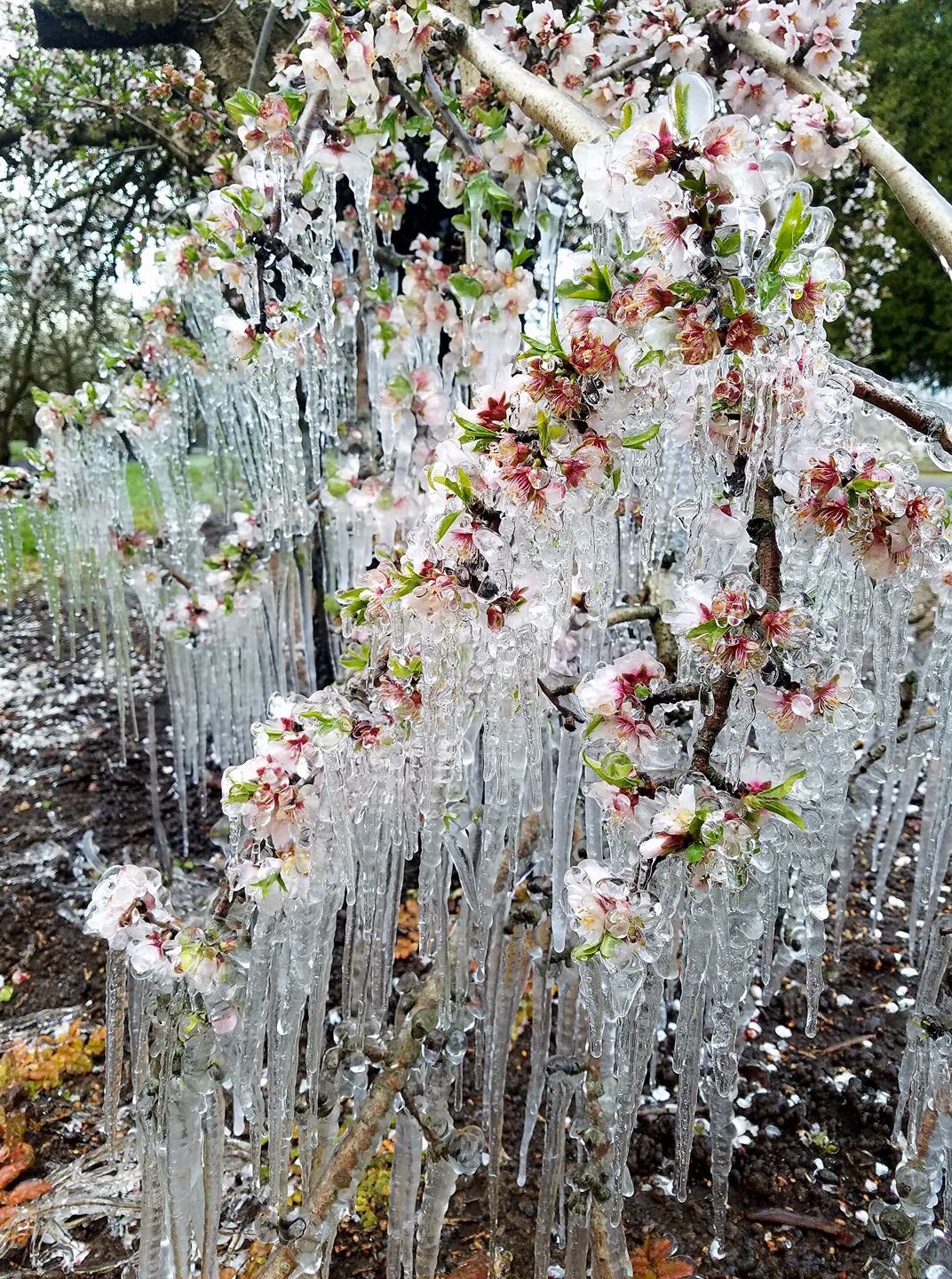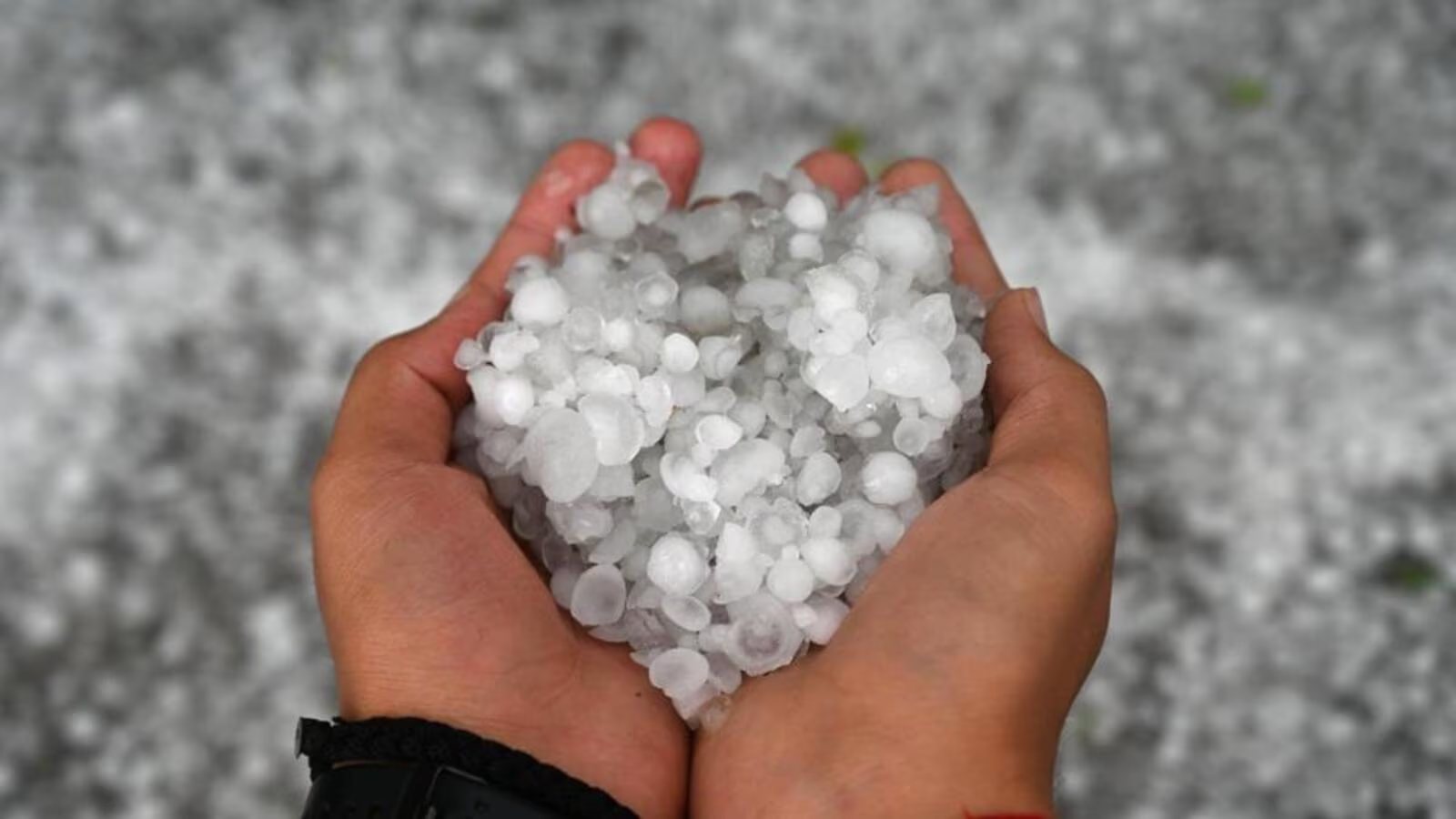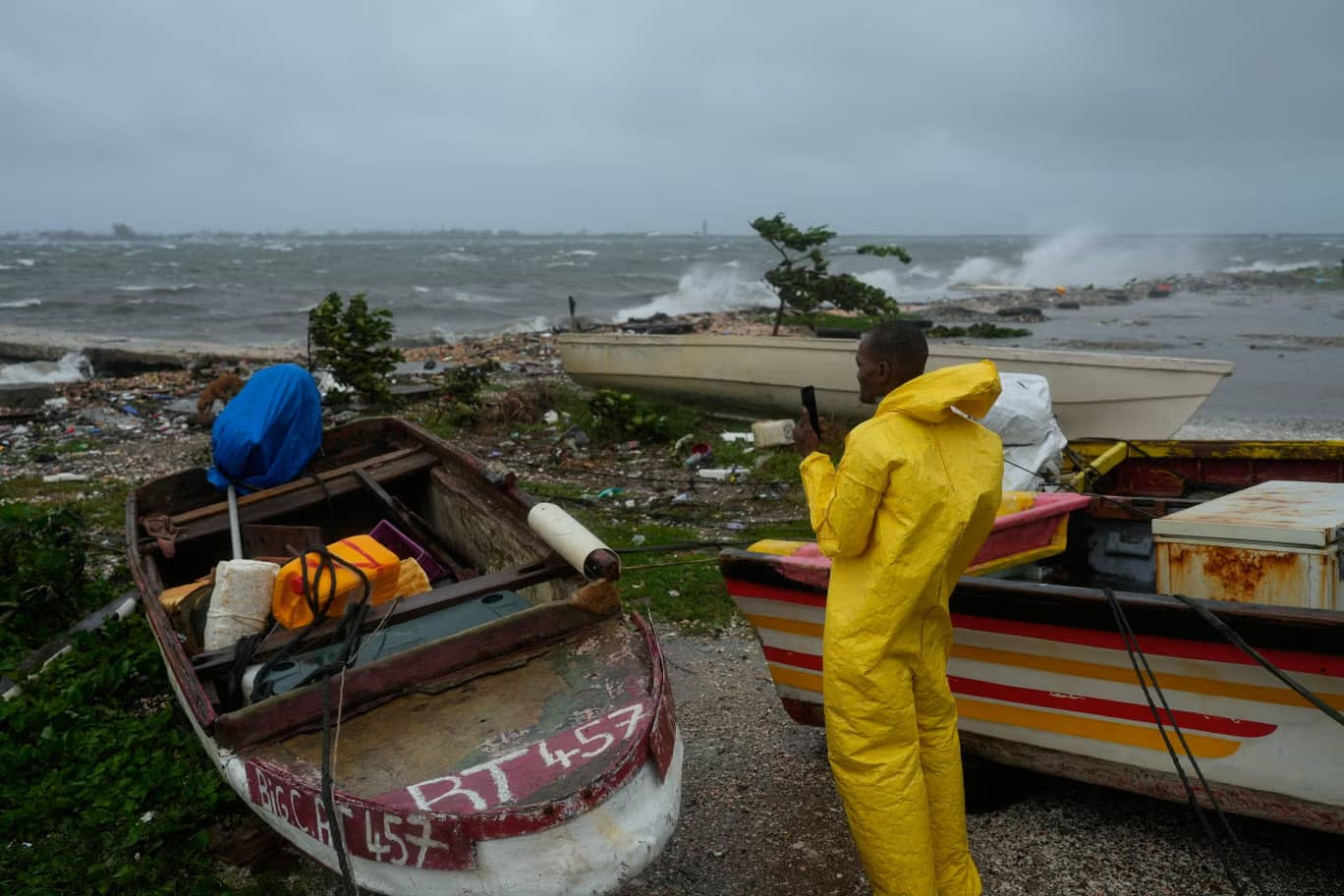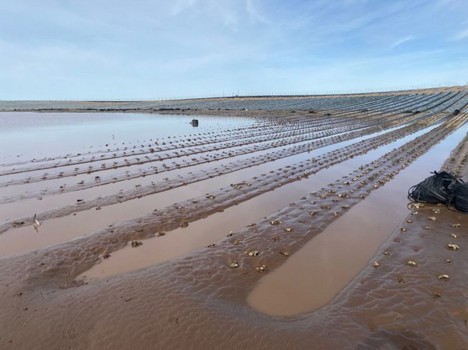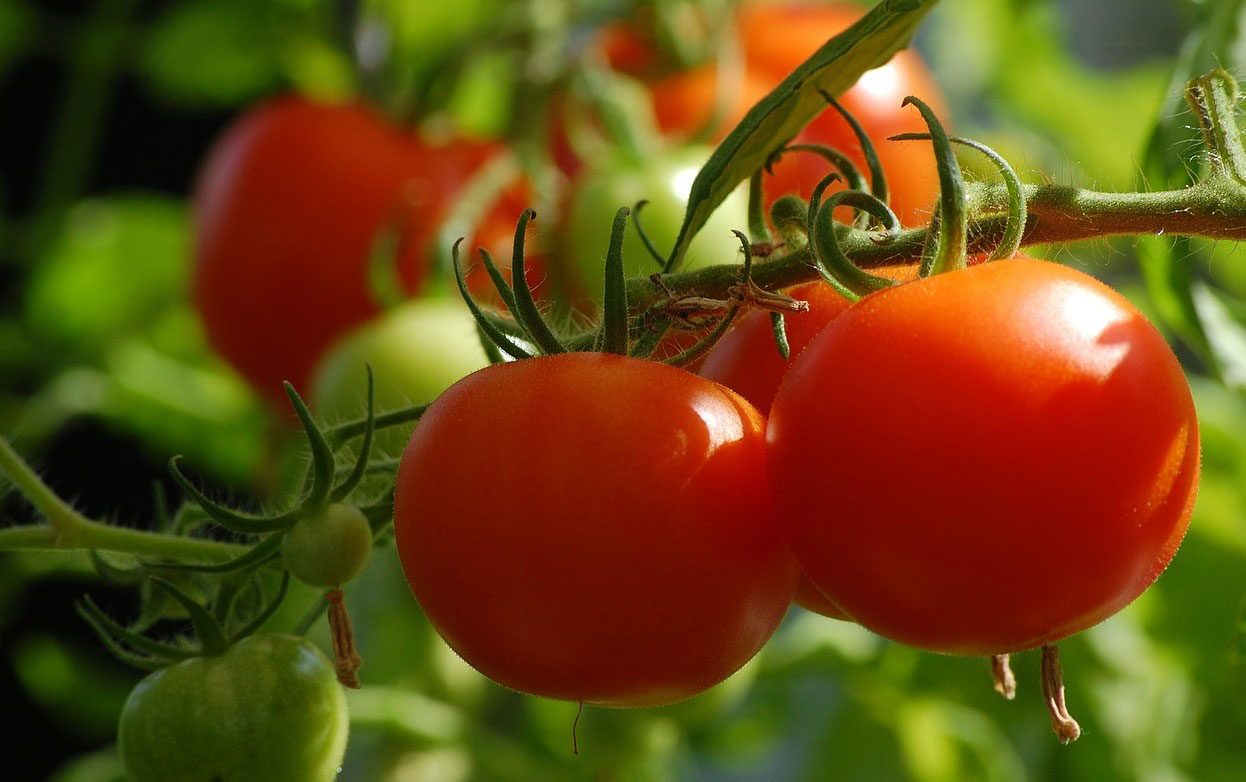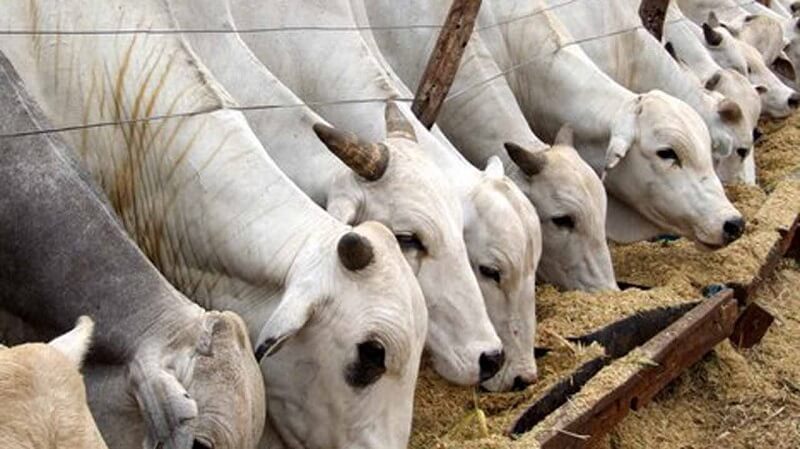Each of the four GLOW region counties have been included in a federal disaster declaration for a May freeze event.
Orleans County was designated as a primary natural disaster area, while Genesee, Livingston, and Wyoming counties were named contiguous disaster counties.
The designations mean that affected farmers in those areas may be eligible for assistance, including emergency loans from the USDA Farm Service Agency.
“In the days following the unseasonable frost we visited and spoke with a number of our growers across the state to understand the extent of the damage facing the industry. Many of them hadn’t seen frost conditions that late in the season in decades,” state Agriculture Commissioner Richard A. Ball said in a news release.
Between May 15 and 25, New York State experienced extremely low temperatures, which resulted in frost damage to a number of crops throughout many regions of the state. The National Weather Service said New York had multiple dates where the temperature dropped below freezing between those dates, with the most widespread damage happening overnight from May 17 to 18.
Reports of damage included vineyards in the Southern Tier, Finger Lakes and Hudson Valley; and other commodities such as apples, peaches and other stone fruit, and strawberries, blueberries and other crops in several other regions, including the North Country, Central New York, Capital Region, and Hudson Valley areas.
An unseasonably warm April caused grape vines and stone fruit trees to exit their winter dormancy early, making them vulnerable to freezing temperatures.
A disaster declaration is based on reporting of crop loss to the federal Farm Service Agency.
A total of 31 counties across New York State were designated as a primary natural disaster area by the U.S. Department of Agriculture following a late May frost/freeze event, and an additional 24 counties were named contiguous disaster counties.
New York had requested the disaster designation from USDA through a joint letter with other states that are a part of the Northeastern Association of State Departments of Agriculture.
Sen. Charles E. “Chuck” Schumer, D-N.Y., called USDA Secretary Tom Vilsack to advocate for the declaration, while Sen. Kirsten Gillibrand, D-N.Y., sought federal disaster funding. Rep. Claudia Tenney, R-Canandaigua, also signed on to a letter urging USDA to approve the declaration.
Schumer said that grapes and apples were hit especially hard, with vineyards across New York reporting losses ranging from 5% to 100%.
“This past May’s deep freeze destroyed thousands upon thousands of acres of crops, threatening the livelihoods of farmers and their communities,” Gillibrand said. “This designation unlocks emergency relief funds for farm operators in eligible counties and my message to farmers is this: apply for this relief quickly and my office is here to support you.”
Farmers will have eight months to apply for low-interest FSA emergency loans and can do so with their local FSA office.
Affected producers will be able to borrow up to 100% of the actual amount of production or physical losses to a maximum amount of $500,000.
Emergency loan funds may be used to restore or replace essential property, pay all or part of production costs associated with the disaster year, pay essential family living expenses, or reorganize the farming, according to USDA.
In addition to the USDA declaration, the state Department of Agriculture and Markets has also issued a crop loss declaration to help farm wineries affected by the May freeze event sustain their business operations. The emergency declaration allows farm winery owners, licensed by the New York State Liquor Authority to temporarily source grapes or juice from outside of New York through Dec. 31, while still maintaining their New York farm winery status.
“This latest freeze event left our grape growers and farm wineries struggling with the potential of not having enough New York-grown grapes to maintain their farm winery license and thereby maintain their markets,” Ball said. “By issuing this declaration, we can provide our farm wineries with a respite, allowing them to focus on making and selling their products this year, and preparing for next year’s growing season.”
In some parts of the Finger Lakes region, vineyards estimated that they would loss up to 90% of their crops, potentially requiring the replacement of damaged vines.
Representatives from the state Department of Agriculture, New York Wine & Grape Foundation, New York Farm Bureau, the USDA’s FSA, Empire State Development, and Cornell Cooperative Extension toured several vineyards in the Southern Tier and Finger Lakes regions in May. The group visited with grape growers in Steuben, Schuyler and Seneca counties to assess the damage in the region and better understand the outlook and plan for recovery.
Counties that received the USDA’s primary declaration include Albany, Broome, Cattaraugus, Cayuga, Chautauqua, Chemung, Columbia, Cortland, Dutchess, Greene, Jefferson, Onondaga, Ontario, Orleans, Oswego, Otsego, Putnam, Rensselaer, Saratoga, Schenectady, Schoharie, Schuyler, Seneca, Steuben, Tioga, Tompkins, Ulster, Washington, Wayne and Westchester and Yates. The counties designated by the USDA as contiguous disaster counties include Allegany, Fulton, Madison, Orange, Bronx, Genesee, Monroe, Rockland, Chenango, Hamilton, Montgomery, St. Lawrence, Delaware, Herkimer, Nassau, Sullivan, Erie, Lewis, Niagara, Warren, Essex, Livingston, Oneida, and Wyoming.
Source - https://www.thelcn.com


